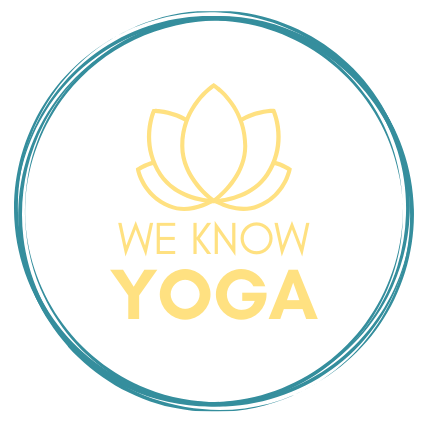In times like these, many schools, training programs and certification courses are moving online — and yoga teacher training programs are becoming more and more popular. Online training is often not only less expensive, but it is also more flexible. More and more yoga practitioners are looking for hope and healing during these challenging times, and many are discovering that pursuing their teacher training is a path that fills this longing.
In-person teacher trainings may not be as readily available as they used to be. Perhaps an online teacher training is the right call? Here is some info that can help guide your decision making.
Online or In-Person Yoga Teacher Training: Which one to choose?
First, it’s important to know that the Yoga Alliance does not currently accredit any fully online yoga teacher certification programs. They have made some exceptions during the lockdown resulting from the COVID-19 pandemic, but whether or not these will stick around afterward is uncertain.
Is a Yoga Alliance accreditation important? It depends on the type of yoga you want to teach and where you want to teach it. Ask some studio owners in your area if they hire students who have certificates from non-accredited trainings. Once you know what the job opportunities are, you’ll have a better idea if an online program is a good call.
Many online certification programs require an in-person component. Some have a capstone experience that culminates in a week-long yoga retreat. This hybrid style is often accredited by Yoga Alliance and offers a simple compromise between the flexibility of online learning and the hands-on training so critical to this practice. Even still, many fully-online programs require you to log in-person practice hours. Many of them also stay true to the spirit and ancient wisdom of yoga, taking intentional steps to plan out curriculum that doesn’t feel watered down with an online platform.
Some people do miss the in-person camaraderie that is built when learning in-person with a cohort. The in-person networking opportunities can also provide many benefits. However, in-person trainings are often more costly (anywhere from $1,500- $5,000) and have more rigid schedules and structures.
Is an online teacher training right for me?
Earning your yoga teaching certification online is a really supportive pathway for people with busy lives and tight schedules. However, you also have to be really motivated and determined, have good time management skills and are a successful independent learner. If you need the accountability of showing up to a class in-person, there are also several live online teacher training sessions that can keep you on top of your training. Some online programs blend pre-recorded videos and live Zoom sessions. That way, you get the best of both worlds — the flexibility you need to accommodate a packed schedule and live trainings for feedback, followup and real-time instruction.
In-person trainings can consume every weekend for six months, an entire month of your life or interfere with full-time jobs and family responsibilities. For people looking for a flexible schedule, on-demand learning and self-paced education, online teacher trainings can make the joy of teaching yoga much more accessible.
What should I look for in a quality online yoga teacher training?
A reputable online program is one that has many features. You want to make sure the instructor has a credible background and training, as well as a teaching style that you enjoy. For a well-rounded, holistic training, it’s important to look for programs that emphasize both the physical and philosophical aspects of yoga with modules like:
- Yoga philosophy, history and lifestyle
- Anatomy
- Sequencing
- Verbal cues and modifications
- Chakras and energetics
- Pranayama
- Functional movement
- Teaching methodology
- Prenatal yoga
- Senior yoga
- Vinyasa, hatha, gentle, restorative and power yoga
- Ethics of teaching yoga
- Meditation
- Teaching workshops and private yoga lessons
- Building your yoga business
Pursuing the path of online yoga teacher training comes with many steps and requirements. As with any major life decision, it’s important to do your research, compare programs and land on an informed decision that gets you excited to start your training.
